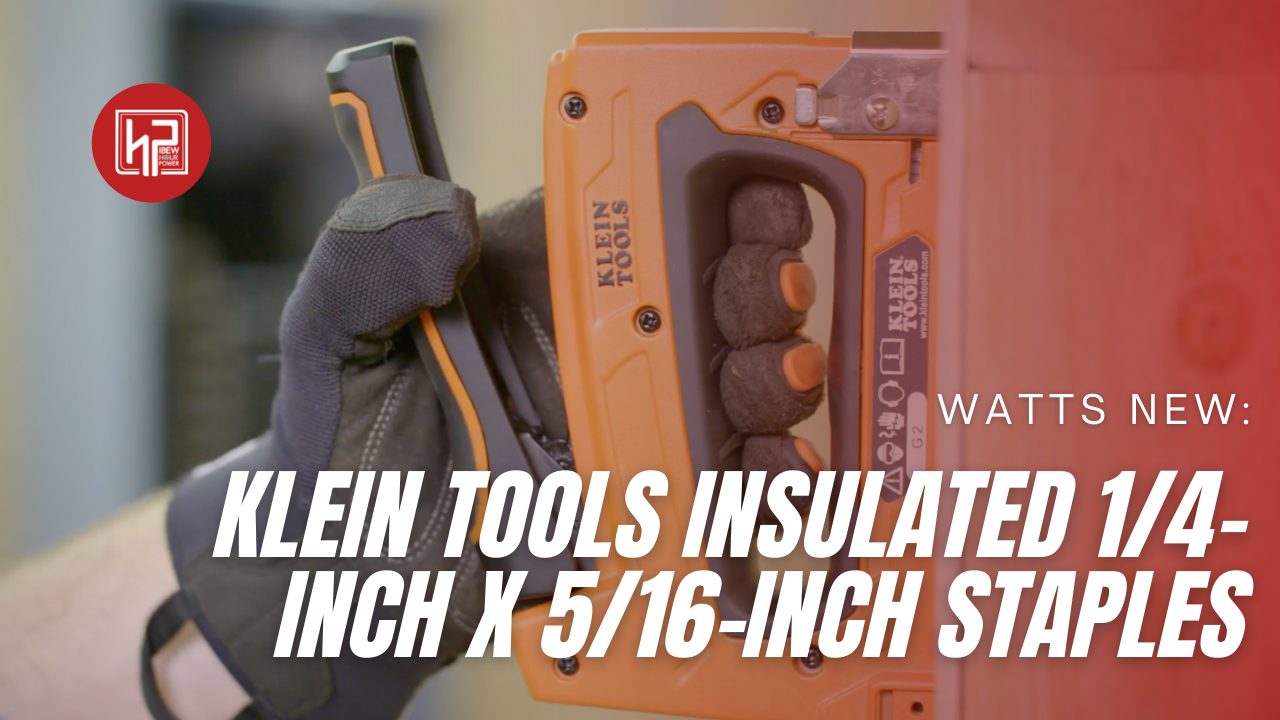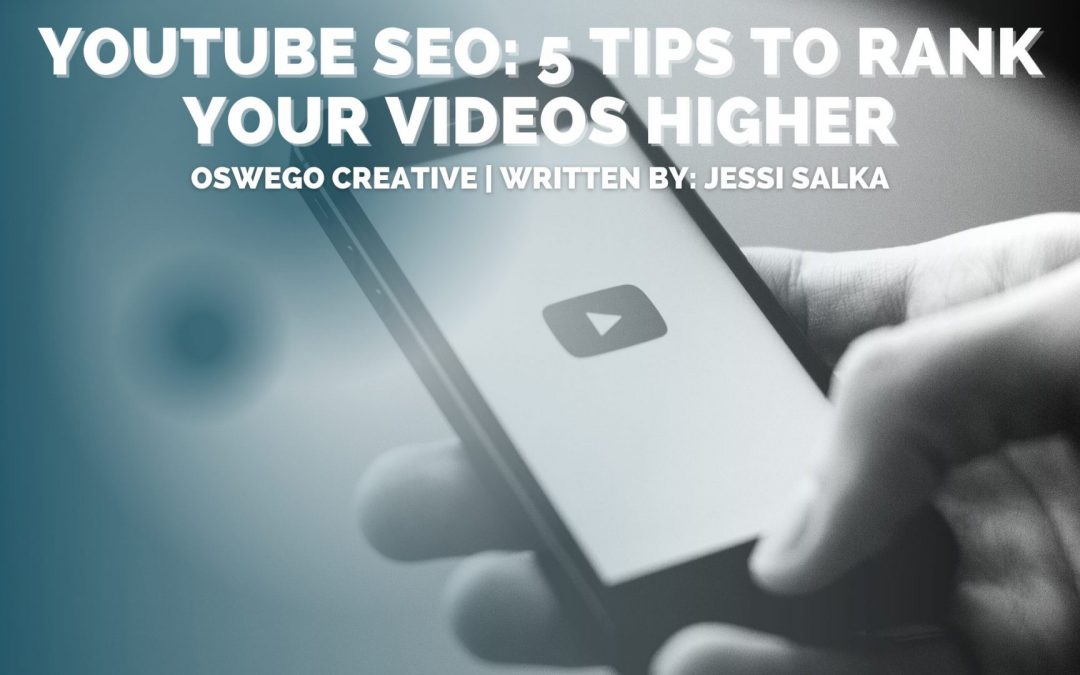You have probably heard of SEO in relation to your ranking on Google search, but did you know SEO is equally as important for YouTube? In fact, search engines like Google and YouTube use a lot of the same fundamentals in their algorithms for website and video ranking. As storytellers, we’re experts at creating visually compelling, strong stories, but without a proper SEO plan in place that brings the right audience to the right video, what’s the point? Perfecting your YouTube SEO tactics can improve your video watch time and ultimately get your video in front of more viewers. Follow along as we dive into our YouTube SEO suggestions, and ways that we get Oswego Creative content in front of the right audience: 5 tips to rank your videos higher.
1. The Importance of Keywords
The first step when you are attempting to improve your YouTube SEO is to use an SEO tool to identify relevant keywords. Platforms such as WordStream’s free keyword tool, Google keyword planner, and Ahrefs keywords explorer can help you identify keywords that your video focuses on, as well as keywords that have a high volume of searches, yet aren’t overly competitive.
Once you have a main keyword, it is important to put that keyword in your video file, before you even begin to upload to YouTube. Having your keyword in the video file name is important because YouTube cannot actually “watch” your video to see how relevant it is to your target keyword. However, YouTube can read your video file’s name when it is uploaded so having your keyword there will give you an initial leg up on your SEO ranking.
Next, you will want to try and insert your keyword naturally in the video title. The title of your video often determines whether or not a viewer will click on your video. Understanding who your primary audience is and the search intent of your audience is key when choosing a video title. Although it is important to try and fit the keyword into the title, it is more important that the title of your video gives your viewer an exact idea of what they are about to watch. Furthermore, matching what your video is about with the search intent of your primary audience is going to be really important for getting your video visible in search results. We also suggest that you keep your video title fairly short. Limiting the title to 60 characters can help it from getting cut off on the results page.
2. Optimize Your Video Description
One of the most significant ranking factors in YouTube SEO comes down to having a solid, optimized video description. YouTube recommends that you put your top keywords in the first few sentences of your description. Also, even though you have up to 1,000 characters for your video description, generally descriptions around 200 words rank better. Keep in mind, you want your video description to be useful for your viewer. Your video description should include a clear overview of your video using natural language, not just a bunch of keywords strung together. As you can see in this video description (just below the YouTube video) that we crafted for IBEW Hour Power, it is descriptive, but not long enough that we lose your attention. By reading this description, especially the final concluding sentence, you get a good idea of exactly what the video will cover.
3. Utilize Video Tags and Categories
YouTube uses video tags and categories to better understand the content of your video. Thus, utilizing video tags and categories is helpful for both informing your viewers and informing YouTube on what your video is about. By using video tags and categories, YouTube can figure out how to associate your video with similar videos. Ultimately, being associated with similar videos can broaden your reach. However, do not just pick random tags and categories that you think will get a lot of views. Picking tags that aren’t relevant to your video can actually harm your SEO ranking. Take the time to research and choose your video tags and video category wisely. Similar to your video description, lead with video tags that include your most important keywords.
At Oswego Creative, we also like to customize playlists for each of our clients. Having similar videos within a playlist means they will play back to back. If the viewer was interested in the first video within the playlist, they may continue to watch the other videos in the playlist because they are similar content. Again, this can increase video views and maybe get those lesser seen videos in front of people.
4. Customize Your Thumbnails
Much like the title of your video, the thumbnail sends a signal to the viewer about the video’s content. Therefore, the thumbnail can have a big impact on the number of clicks and views your video receives. You will want to create a thumbnail that grabs a viewer’s attention and stands out from the crowd. Simply using a screenshot from your video is not enough. Creating a custom thumbnail that shows people what your video is about and grabs their attention from the search results page is key in boosting your YouTube SEO ranking.
For our clients, this means creating thumbnails that are consistent and easy to notice. Remember, brand guidelines help to make everything look clean and cohesive across the board. By using brand colors and fonts in the thumbnail, we’re staying consistent with our client’s brand identity, while also refining the overall “look” of their channel. By using a thumbnail template, we’re able to create videos that are easy to notice as a viewer is scrolling through their subscriptions. Below, we have attached a few examples of the thumbnails we have created for clients in the past:


5. Consider Adding Subtitles and Closed Captions
Adding subtitles and closed captions can help make your video more accessible to a variety of audiences, which is great for your YouTube SEO ranking. For example, say someone is watching your video but cannot hear or turn on the sound for whatever reason, if you have closed captions on they can still enjoy your video content without sound. Likewise, if someone does not speak the language that your video is produced in, they can still enjoy and benefit from your video content if you add subtitles. Both subtitle and closed-caption files contain a transcript of what is said in your video. The files will also contain time codes so your subtitles or closed captions will match up with the visual elements of your video. Click here for an article about how to create a SRT file to subtitle your video.
The Bottom Line
If you are spending the time to create video content, it is important to also take the time to work on your YouTube SEO. Ultimately, the higher your video ranks in YouTube search results, the more likely you are to gain views and expand your audience. At Oswego Creative we strive to make quality, captivating videos and help your brand videos reach the right target audiences through effective YouTube SEO tactics.

